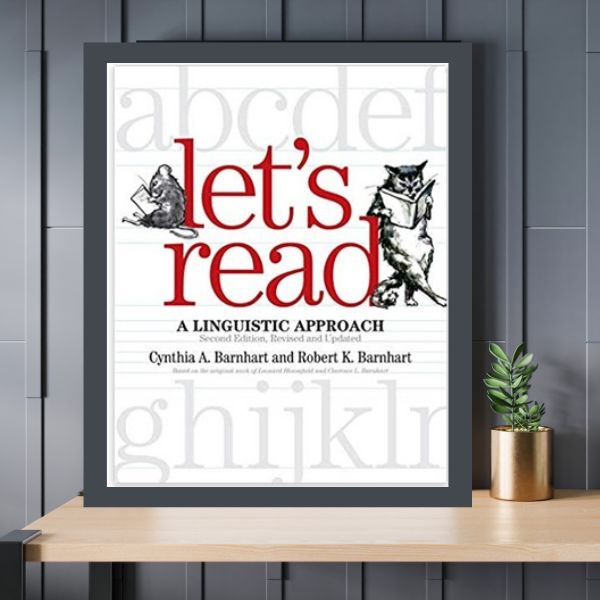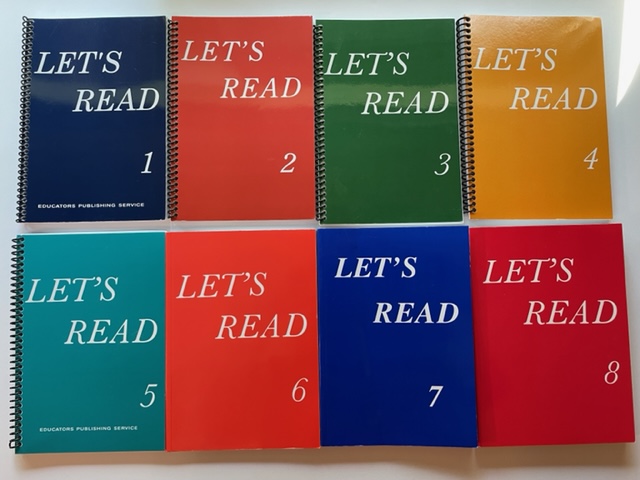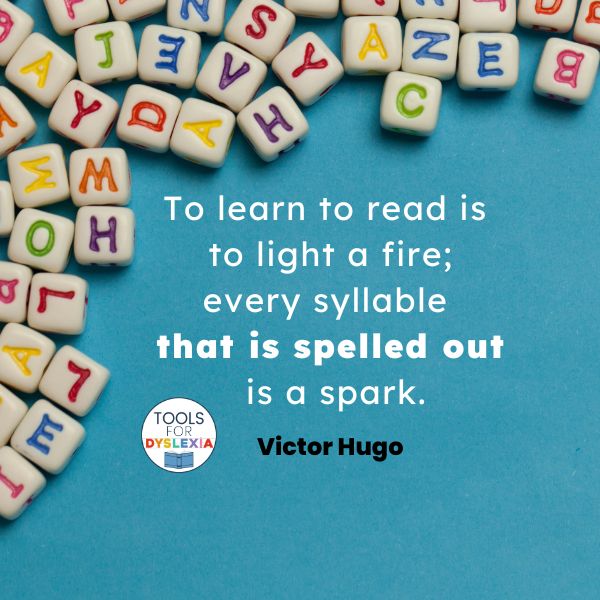Attention to Spelling for Improved Reading
(This post contains affiliate links. Read my full disclosure.)
How does attention to spelling lead to improved reading? Most of our students struggle with reading, and that’s where we focus our efforts. But most also find spelling difficult. What if attention to spelling would improve reading as well as spelling?
Attention to Spelling
Think about what we’re asking our students to do when they read. Students need to notice each letter, or grapheme, to read effectively. They have to distinguish split from spit. Many of our students see the first few letters or the shape of the word and guess. Sometimes their guesses don’t seem to reflect any connection to the word they’re reading.
There’s no doubt our students benefit from learning to attend to each letter as they’re reading. Each word’s spelling is the key to its meaning.
I’m going to share with you a resource to give your students more reading practice to accompany any reading curriculum you’re using. And it teaches your students to notice each grapheme. It’s the best $30 you’ll spend to help your struggling reader.

Let’s Read, A Linguistic Approach by Cynthia A Barnhart & Robert K Barnhart, based on the original work of Leonard Bloomfield and Clarence L Barnhart.
Before use, students need to be fluent with letter names. There are many games and activities you can use to make learning the names of each grapheme engaging and fun.
How To Use Let’s Read
Let’s Read, a Linguistic Approach is divided into six parts. Each has a brief guide with suggestions for teaching. The lesson numbers are highlighted on each page. There are 245 lessons, consisting of one or more pages. At the top of most pages, single words are arranged in columns. These are referred to as the vocabulary list. They focus on a spelling pattern, which will be used in phrases and sentences in the lesson.
Teaching Students to Give Attention to Spelling for Improved Reading
As you begin Part 1, ask your student to spell the first word in Lesson 1. After your student says, “c-a-t,” you say “cat,” and your student repeats it. This is the process for each word at the top of the page.
- Student spells the word out loud
- Parent or tutor says the word
- Student repeats the word
After your student has worked through the words at the top this way, point to words at the top of the page in random order asking the student to read them. If they can read them independently, they don’t need to spell them aloud this second time. Ask them to spell again any unfamiliar words.
In some cases, just your student spelling the word will draw their attention to what they missed, and they’ll read the word correctly. When it doesn’t, tell them the word. No need to make them sit and squirm unsure what to say, just tell them.
What if your student can read these words on their own? Ask them to spell them aloud. But these students will say each word themselves after saying the letter names. You’re working on reading with your student because they’re having trouble with it. Spelling aloud the words they do know is like working out at the gym. It’s strengthening their attention to the details of each word’s spelling.
Next they’ll read the phrases or sentences without spelling out. If they have a problem reading a word, ask them to spell it.
CVC Minimal Pairs
At the bottom of many pages in Part 1, there are minimal pairs. These are words that vary by only one letter such as fun-fan. They require students to notice the single-letter difference and help you gauge their attention to each letter. Students read these without spelling aloud, top to bottom in columns. As always, if they have trouble, ask them to spell the word.
Repetition
If students have trouble reading words during a lesson, practice that spelling pattern. Have the students read those words at the next session or later the same day. You could just randomly point to words in that lesson, making sure to include words they had trouble with last time. If the spelling pattern seems generally difficult, not just a couple of specific words, then you may want to practice it with a Go Fish game you create by writing words with that spelling pattern onto index cards.
Will this cure guessing way off the mark?
I wish I could promise you that. I can’t. What I can tell you is that it helps students pay more attention to the letters in words. It helps students think about the possible pronunciations. It makes them think as their eyes pass over these words.
I have been amazed by how well this works for dyslexic students.
Let’s Read Part 2
The next section begins with consonant clusters (“blends”) with slightly longer sentences. Words like sled, snag, swim. There aren’t minimal pairs in this section. If more practice is needed, write minimal pairs for your student to read such as clamp and cramp or clamp and clump.
You can use words they’re reading for spelling practice. Use words from the section they’ve read to spell as single words or in short phrases. Example: in a hut, had a hug, etc. The more exposure they to the spelling the better.
Spelling for Improved Reading in Parts 3 through 6
Part 3 practices various vowel digraphs (“vowel teams”). It has short stories made up of 2-3 short paragraphs using words previously read in the text. Part 4 covers a variety of spelling patterns with suffixes, contractions, and some schwa syllables like kitten, rumble, atom. There are more short multi-paragraph stories with a final eight-paragraph story.
Part 5 includes vowel digraphs as well as words with a single, final, unpronounced <e>. Longer reading passages stretch student reading stamina.
The last section, Part 6, provides students with practice reading words with soft <c> and <g>, some consonant digraphs such as <kn>, <gh>, <wr>, and other spelling patterns.
As you move through the sections of the book, continue to have students spell aloud each word at the top of the page. If students are accurate in reading the first few words, they can stop spelling aloud for that spelling pattern. There is so much to be gained by helping our students to attend to each grapheme that I’m very hesitant to stop the practice entirely while using Let’s Read. In fact, in any reading situation during our sessions, I encourage spelling aloud for any unfamiliar word. If they mispronounce it, I ask them to spell it.
More About Let’s Read
You might think this starts too basic, but tutors use this with reading students from kindergarten to high school age.
An older format of these lessons by Leonard Bloomfield was multiple small books. You can buy them here.

With online students they have a copy and I have a copy. I prefer the single all-in-one book because it’s easier and less expensive. For the same reasons, it’s more practical for my students’ parents. I use a document camera showing my book so they can see what I’m pointing to if they miss a word, etc.
The Optional Multi-Syllable Word Section in Part 1
The original Bloomfield books did not have the multi-syllable word section that was added in this revised all-in-one book. At first, you might think this is a great way to get students reading two-syllable words. But unfortunately, the majority of the words on those pages have an unstressed syllable. Based on what they’ve been reading in Part 1, students will expect a short-vowel in each syllable. But that’s not how the words are normally pronounced.
If you use this section, teach your student about schwa or only ask students to read words you pull from this section that truly have two syllables with short vowel phonemes. Picnic, suntan, upset and a few others will work.

Try spelling out with your students. Try Let’s Read for additional reading practice. Let me know when you notice attention to spelling improving your student’s reading.

